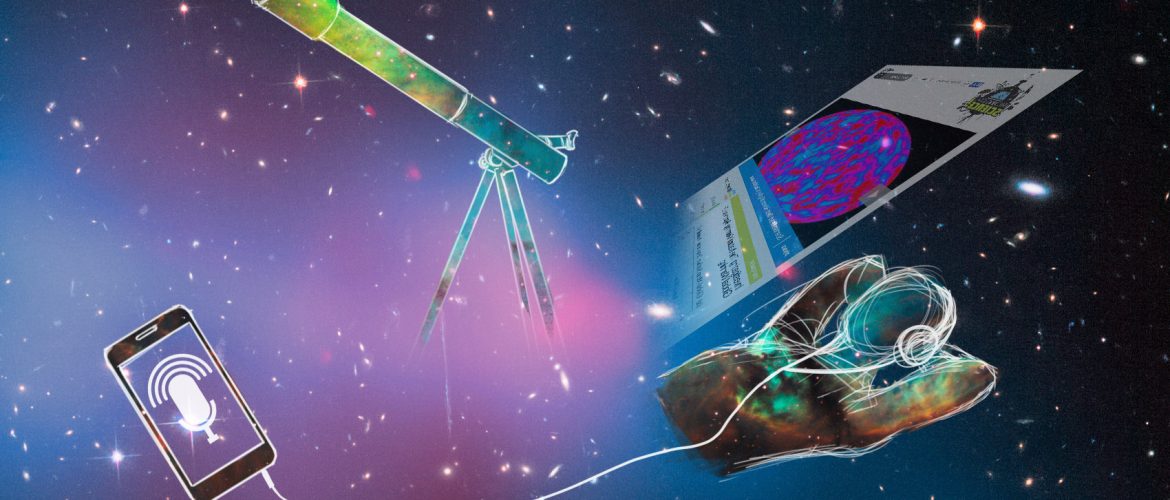The term “citizen science” is relatively new to our vernacular, but the concept has been in practice for many centuries. Some of the most important scientists in our history fit into that role, with Isaac Newton and Charles Darwin being prominent examples. There is also a rich history of citizen science occurring in astronomy, where the primary observation tool is simple and reproducible: the telescope. Wealthy enough to support themselves, they worked independently from academic institutes, setting their own schedules to pursue their scientific fields of interest, rather than following institutional regimes.
Not everyone had the means to pursue science like the erudites of the past did, and our developments have been painfully slow to pick up speed, and sometimes intentionally hindered. Thankfully, the opportunity and accessibility to participate in science has been opening up, mostly because of the Internet. Until recently, most individuals interested or curious about science could not become an active participant without the educational background to pursue it as a career. Before the Internet, just learning about a topic of interest meant either finding the right people or books to learn from; a slow and unproductive method.
Not only has the Internet evolved to be an efficient means to learn about practically anything when and where you want, but it’s improving the presentation of that information. Science and technology blogs are becoming trendier, visually entertaining, and written in a more user friendly style. This popularization is increasingly syncing up with our daily lives, as many of those blogs, such as IFLScience, Mashable, and Wired can be easily followed through the usual social sites and feeds for convenient consumption.
Another flourishing genre for delving into knowledge is through podcast listening. Radiolab and This American Life are perfect examples of teaching through the use of dynamic narrative. They explore their chosen topics from relatable and entertaining angles, incorporating a full spectrum of audio techniques to keep their listeners engaged. The multi-tasking quality of a podcast also makes them highly attractive: Listeners can simultaneously absorb the podcast’s information, while putting their eyes and hands towards another project.
Developers for both the web and for apps have been keen to take note of this boom in popularity, and are expanding the ways in which we can all participate in citizen science. Zooniverse is a website designed to help organize and categorize all sorts of data from cyclones on Earth, to galaxies far away. Foldit takes citizen science to a more interactive level with a puzzle game to aid in protein structure prediction and design. And of course, PressureNet, helping to improve weather prediction models through the aggregation of barometric pressure readings around the world. These are only a few examples from a promising and continually growing list.
The recent advent of these effective and accessible ways to expand our knowledge has made it not so far-fetched to say that now more than ever, science is trending, and only building in momentum. The aforementioned blogs and podcasts are only some of the gateways generating buzz and piquing the interest of the connected world. They are also smoothly guiding us towards the websites and applications available for citizen science participation. So long as science continues to grow in popularity and active support, there will still be hope for our future. We have only begun to experience the impact that citizen science has on reshaping and improving this world, and eventually others.

James is a technology writer focused on crowd-sourced networks, data sharing, and how collaborative platforms drive innovation.


